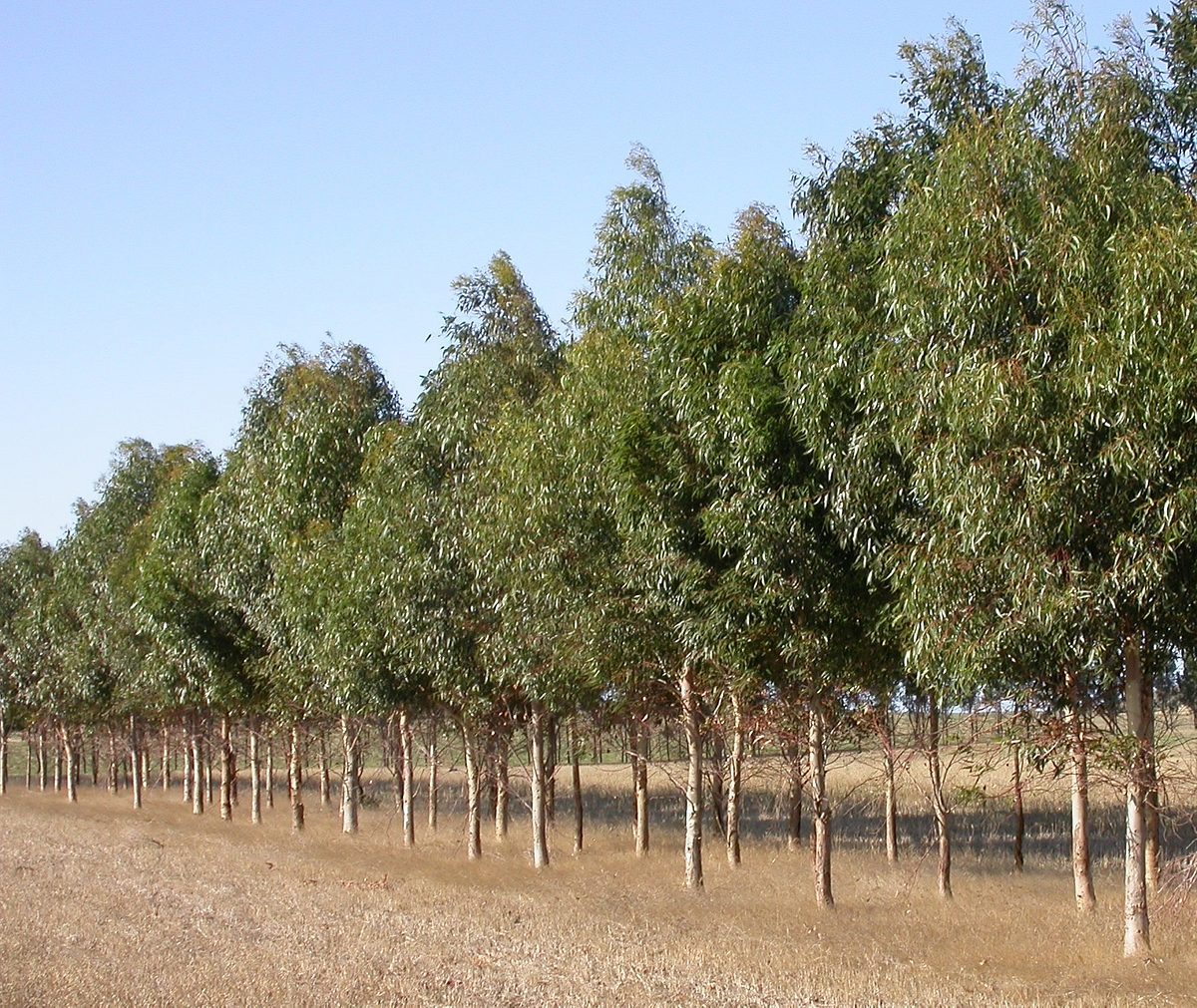Carbon sequestration from revegetation
Revegetation for biodiversity enhancement, environmental services, dedicated carbon crops, farm forestry, renewable bioenergy crops and fodder shrubs have the potential to sequester significant amounts of carbon in South Australia.
The Carbon Sequestration from Revegetation project provided evaluations of the growth, productivity and carbon sequestration rates of native plants species planted in woodlots and environmental planting across several regions of South Australia. This research also detailed the development of allometric techniques for assessing plant biomass for carbon accounting and inputs into national Carbon Farming Initiative carbon accounting tools.
A series of research reports detailing the outcomes of this project include:
- Plant biometrics and biomass productivity in the River Murray Dryland Corridor Report
- Woody biomass productivity and potential biomass industries in the Upper South East Report
- Carbon sequestration from revegetation: Southern Murray-Darling Basin Region Report
- Carbon sequestration and biomass production rates from agroforestry in lower rainfall zones of SA: Southern Murray-Darling Basin Region Report
- Carbon sequestration from revegetation: South Australian agricultural regions Report
- Carbon sequestration from revegetation estimator tool - version 1.1 Excel spreadsheet
- Carbon sequestration from targeted carbon revegetation in the Wild Eyre region Report
- Carbon sequestration from targeted carbon revegetation in the Southern Yorke Peninsula region Report
Find out more:
- Carbon sequestration
- Carbon Planting Guidelines package
- Goyder Institute for Water Research - Climate Adaptation



